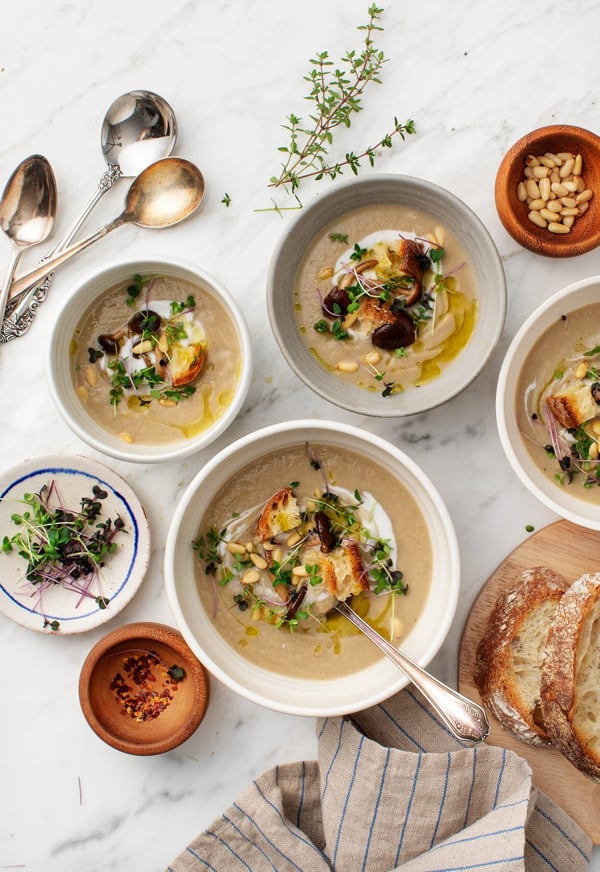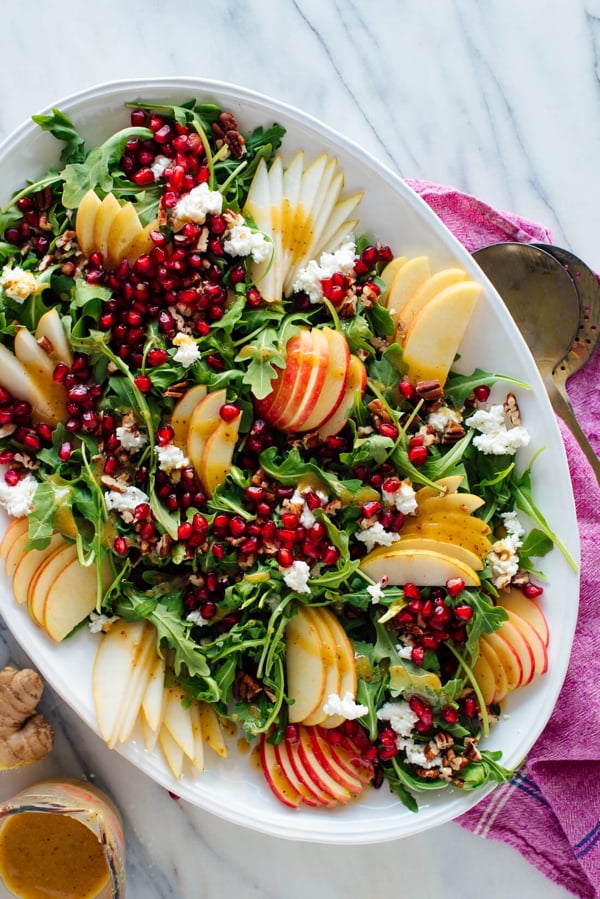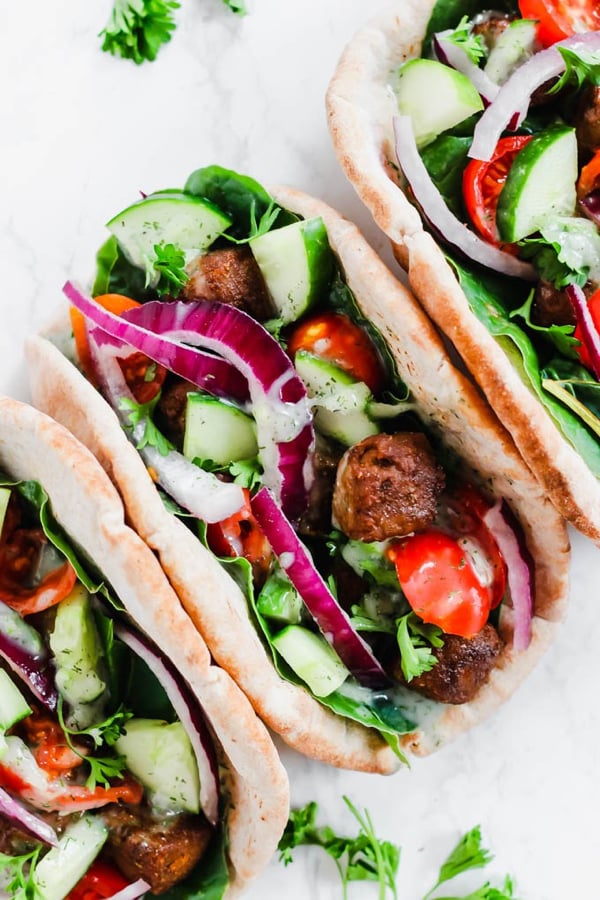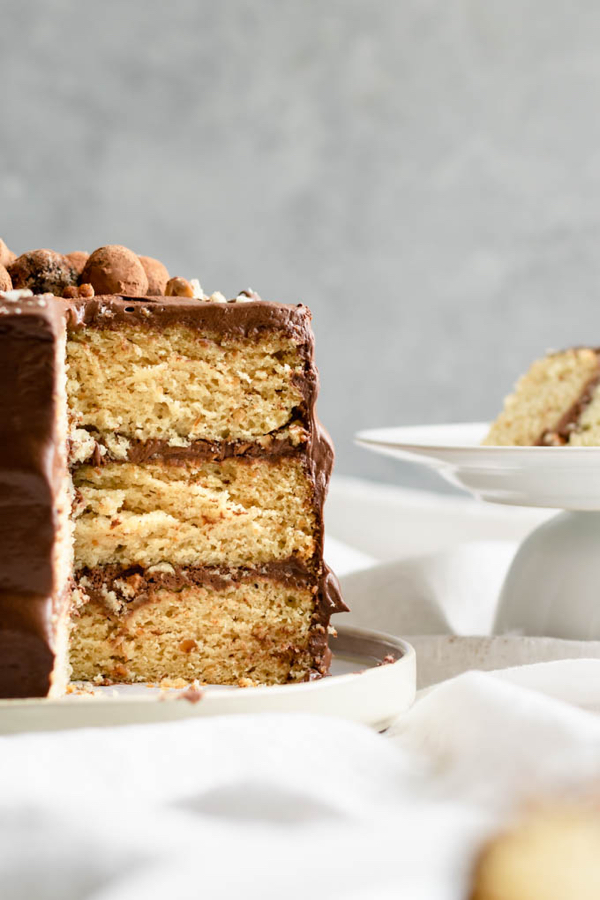
It hasn’t been a smooth season for me as far as body image goes. I started grappling with dysmorphia back in the fall. The discomfort has quieted down since then, but it hasn’t gone away. The last few months are the most consistently uncomfortable I’ve felt in my body in a good many years.
I’ve been feeling the sensations without acting on them when it comes to my food intake—in fact, with the demands of the DI (commuting, lots of hours on my feet rounding and seeing patients), I’m eating more than my usual. I’m proud of myself for prioritizing nourishment even when restriction would give me the illusion of a fix. Still, the discomfort itself is a lot to wrestle with.
Over the course of the past week or two, things have taken an important turn. I have my work to thank for this, even if the work is sobering. Spending my days (and sometimes my evenings) in a critical care setting has given me new perspective on my body, and on other bodies.
When I sat down to write this post I was thinking that the shift I’ve felt, and the message I’d share, would be that being around very sick people has encouraged me to not take my body for granted. That isn’t quite it, though. Much as it tends to warp my sense of reality, my body dysmorphia never entirely obscures my sense of gratitude for health or ability. In fact, one of the frustrating things about my dysmorphia is that I can be poignantly aware of how privileged I am to have the body that I do—a body that allows me to move, taste, feel, and experience the world—and so ashamed of myself at the same time.
Working in acute care has reminded me to be thankful for my health, yes, but it’s given me a brand new perspective, too. It’s given me a sense of neutrality, which isn’t quite the same as gratitude or appreciation of health. The notion of body neutrality isn’t new to me, but I can’t say its ever felt easily accessible. Suddenly, maybe for the first time, it does.
Right now, I spend many hours looking at bodies through an inquisitive lens, taking interest in what people feel and experience within their bodies rather than what they think or feel about their bodies. It’s changing me. Studying nutrition has taught me to be more rational and objective about food; clinical work is now giving me a similar sense of unprejudiced curiosity about the physical shape that I call home.
After a long day of staring at labs and conducting physical assessments, it’s hard for me to look in the mirror and see anything other than a human body, just like all of the others I’ve come across in the past eight or nine hours. The same basic anatomy, and similar vulnerabilities. It’s hard for me to glance down at my limbs and my belly and see anything other than the same set of structures shared by most all of my fellow humans: cells, tissues, organs, systems. Weight, shape, tone, size—all of these concepts are losing their emotional charge in the context of what I do and how I’m being asked to think.
I know this might sound detached, and I don’t mean for it to. Rather, I’m finding clinical work to be uniquely humanizing. The pain and loneliness of feeling at war with my physical form is being softened by my awareness of how structurally alike I am to other people. When body dysmorphia is particularly loud, it makes me feel as though my body is specially problematic. This couldn’t be more untrue, and I’m glad to be learning that in a new way.
I have only two weeks left at the hospital where I work, and while I’ll be relieved to leave many daily challenges behind, I will not miss the impact that this work is having on my mind and heart. Last week was particularly full of poignant and instructive moments with patients, and I am thankful for each and every one of them.
Wishing you all a week of feeling connected others, through body, spirit, or any other means. Here are some recipes and reads that caught my eye this weekend.

Creamy, wintery fare at its dairy-free finest: Jeanine’s celery root and cauliflower soup.

A perfectly bright, festive, and crowd-pleasing pomegranate and pear green salad from my friend Kate. Easy to use any vegan cheese you like here (cashew cheese included) rather than goat cheese, and Kate lists maple syrup as an option for the dressing rather than honey.

More soup! Carrot soup via Alexandra and inspired by Cal Peternell, and topped with the most delightful looking almond dukkah.

Emilie is speaking directly to my Greek-American heart with these vegan gyros.

Finally, Eva’s three-layer hazelnut cake is absolutely stunning! What a showstopper of a holiday dessert.
Reads
1. I enjoyed reading Undark‘s illuminating review of a new book about memory—and now I’m eager to read the book itself.
2. Tiny, but touching love stories via The New York Times.
3. An informative take on the challenge of diagnosing food sensitivities from RDN Cara Rosenbloom, via The Washington Post.
4. As a person with traumatic childhood memories, physician Linda Girgis has had to build her own, unique approach to the holiday season. Whether you greet the holidays with full cheer or mixed emotions/memories, she has good tips for creating traditions of your own.
5. Succinct, yet touching reflections from Edith Zimmerman (and a new study) about the difficulty of finding the “right” words to console another person. The best approach is often to say anything that seems to fit the situation, relationship, and exchange, and sometimes saying nothing at all is comfort, too. Zimmerman writes,
I remember when my dad was sick and dying, and I was so far past knowing what to say. He understood this better than I did, and at one point told me, “It is a comfort just to have you here,” which I have thought of many times over the years. Just being there is the important part.
Thanks for being here this Sunday, and on other Sundays. Wishing you a great start to the week, and I’ll be circling back with an easy and delicious homemade vegan cashew espresso truffle recipe in a couple days!
xo
The post Weekend Reading, 12.9.18 appeared first on The Full Helping.

0 comments